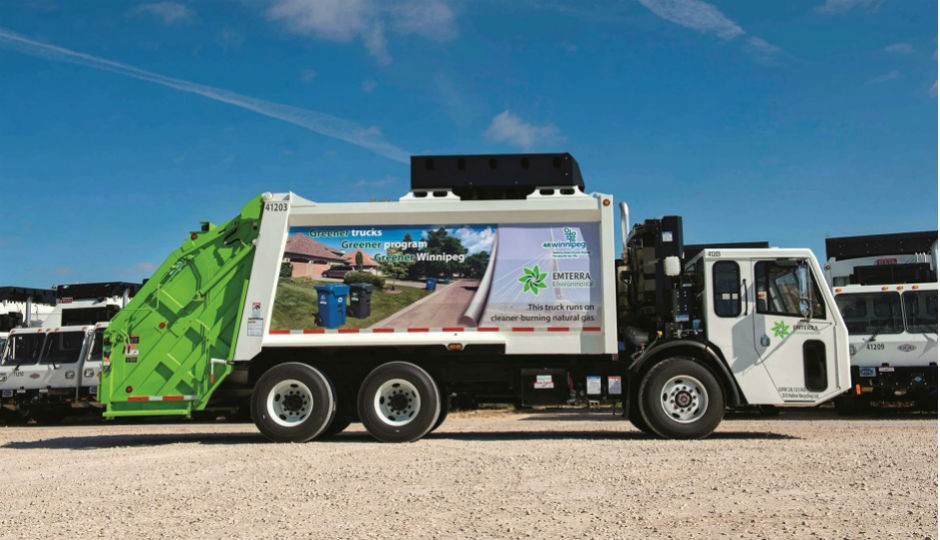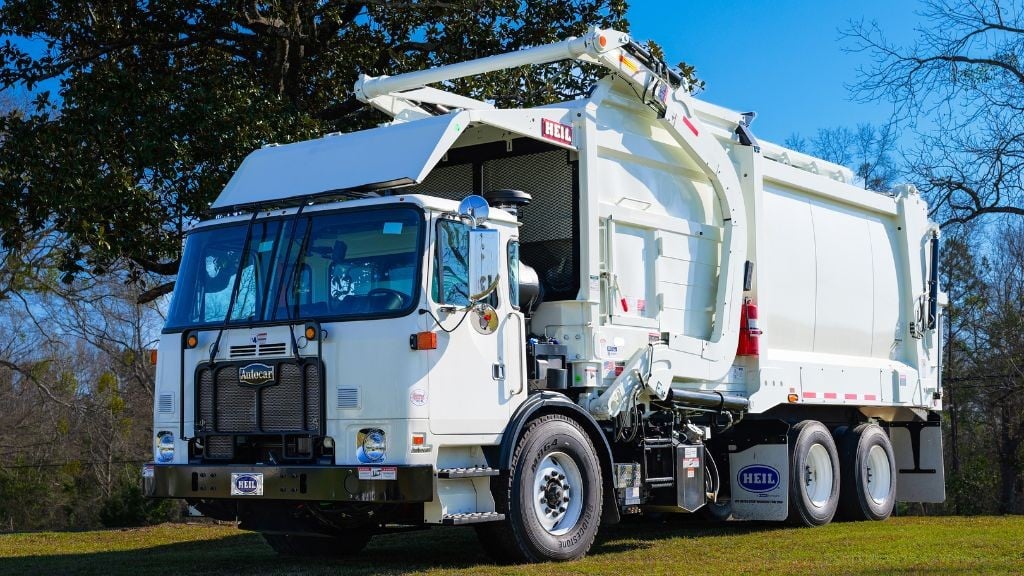
Although a relatively small contributor to the overall global penetration of natural gas vehicles (NGVs), Canada is now experiencing a strong drive towards the adoption of natural gas as a fuel for fleets and light vehicles. However, experts estimate that in terms of NGV take-up, Canada is currently three to five years behind the US. There are a number of reasons for this lag.
Canada’s sheer geographical scale and unevenly spread population, leading to unevenly spread natural gas supply, is one major challenge. Yet the growth levels currently being seen are impressive. According to figures from Natural Resources Canada, in June 2014 it was estimated that there were as many as 20,000 NGVs in the country – a rise of around a third from the previous year. Yet this still lags far behind the historic high for the number of NGV vehicles of over 30,000 in the mid-1990s.
According to the NGV Roadmap 2011 (NGV Technical Forum, 2011) the top ranking applications with strong internal rates of return are LNG highway and urban tractors, CNG transit buses and CNG refuse/recycle trucks. Refuse/recycle has proven to be the leading growth market for natural gas vehicles in Canada to date, along with transit to a lesser extent.
“Private companies and municipalities aren’t dabbling. They’re putting in 25 to 50 units at a time,” states Charles Ker, industry relations manager, Cummins Westport Inc. (the industry-leading manufacturer of 6- to 12-litre spark-ignited 100-percent natural gas engines.) “The value proposition for [the waste/recycle] market is strong because of diesel dynamics and the way the refuse market operates in general. They are a true RTB (return-to-base) segment.”
Factors generally considered to be key to determining the future growth of the natural gas vehicles market include the price of natural gas itself, which, due to the “shale gas boom,” has a generally stable outlook in Canada and the U.S. However, Canadian operators are currently subject to a degree of tax uncertainty.
Infrastructure meanwhile is of course a big issue in both countries, given geography, with both suppliers and fleets reluctant to be early movers. This is a major reason why the greatest growth is currently seen in RTB fleets which don’t suffer particularly from range anxiety, and those with sizeable fleets that can justify private refuelling infrastructure.
Perhaps key for NGV growth in Canada is that support varies widely across provinces. British Columbia is a pioneer with a range of government backed incentive programs. As a result B.C. is home to advanced natural gas industry suppliers such as Fortis BC and ENN Canada, and along with Alberta, has the largest number of CNG and LNG filling stations.
Lessons learned
For Paulina Leung, VP development at the Canadian recycling and waste solutions company Emterra, it was important not to be put off by the early problems the company faced in switching their fleet from diesel to CNG, such as adverse conditions created by low winter temperatures. Rather, along with Clean Energy and Cummins Westport, Emterra put a lot of effort into understanding the problems low temperatures can cause for natural gas fuelling and worked out solutions “Our very first deployment was back in 2012. It was one of the most challenging projects that hopefully we will ever have in terms of NGV deployment,” Leung told FC Gas Intelligence.
“In Winnipeg, Manitoba it gets to -40 or -50 degrees Celsius in the winter. It was Clean Energy’s first station in that kind of climate, so there was an element of risk. I’m happy to say that the station has not had any issues, but on the truck side we and our truck suppliers learned a lot.”
According to Leung, having learned the lessons of Emterra’s first deployment during their first hard winter in Winnipeg, moving forward and making a success of CNG meant learning from the mistakes made and bearing them in mind when setting up the firm’s two later deployments.
“We have a good sense of the resource requirements now, and what expertise we will need. We have a very talented and experience group internally. Plus, we know who we need to bring in from outside to mitigate project risk,” Leung said.
Before operations even start, the building of a refuelling station itself is one of the biggest hurdles to overcome when switching to CNG. Along with the cost of construction, a number of other challenges must be dealt with, and learning from others who have had similar experiences is a must.
Kelly Reagan, fleet administrator with the City of Columbus, Ohio, which operates around 5,500 vehicles, offers some advice. “Do your homework,” she says. “Just because you want to build a CNG station doesn’t mean you can build it anywhere you want to build it. It takes a lot of research and a lot of work and a lot of learning, and we’ve learned from our other city partners that have been in the business on the west coast for decades, and who have shortened our learning curve for us considerably by teaching us the business.”
RNG on the rise
Renewable natural gas (RNG) represents some of the best untapped resources available today. Natural gas can be produced biologically and synthetically from abundant waste biomass, anaerobic digestion and from excess electric power from intermittent renewable sources (power-to-gas). Currently there is very little policy to support the integration of RNG into the natural gas market and very little awareness of the opportunity.
According to the Bioenergy Association of California, which has recently come out with a series of reports on biogas resources in the state, “Organic waste converted into biogas could meet more than 10 percent of California’s natural gas demand.” The organization says total organic waste in the state could be used to produce 284 billion cubic feet (bcf) of renewable natural gas. This RNG is equal to 2.5 billion gge (gasoline gallon equivalents) of transportation fuel, enough to replace 3/4 of all the diesel fuel used in the state.
California, like much of the world, has abundant resources to produce RNG (including over 500 wastewater treatment plants, 278 landfills, 1,600 dairies and extensive forests). More than 16 million tons of organic waste are landfilled every year in the state and more than 90 percent of natural gas used is imported, costing billions of dollars yearly. In California, it is estimated that every year, food waste could provide 82 bcf of gas, landfill gas 53 bcf, livestock manure 43.4 bcf, sewage treatment 23 bcf, and forest waste could provide 82.4 bcf.
RNG also boasts the lowest carbon content of any transportation fuel available. Gasoline and diesel have nearly 100 grams of CO2 per megajoule of energy, while natural gas has 68 grams of CO2 and hydrogen derived from natural gas has 39.42 grams. Landfill gas has only 11.26 to 15.56 grams of CO2 and the numbers drop from there for dairy biogas (13.45) and wastewater biogas (7.89).Most remarkably, biogas from food and green waste is rated as having negative carbon emissions (-15), and is in fact the only carbon-negative transport fuel currently available.
(This article is excerpted from a series of reports published by FC Gas Intelligence, Fall, 2014, written by authors Stephen Morriss and Edward Dodge.)



